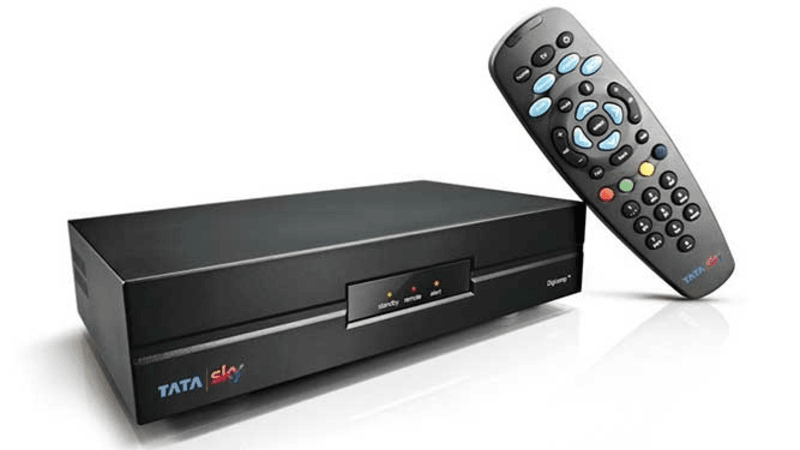New Rules to Hurt Broadcasters N.P. Singh, the Managing Director and CEO for Sony Pictures Networks India, one of the leading broadcasters in India, said about this, “We’re evaluating how we can challenge this.” As per the research arm of the ICRA ratings agency, the new Trai DTH rule changes will come into effect on March 1 and will reduce the bills of the consumers. However, this would happen at the cost of revenue and profitability of the broadcasters. It is worth noting that the new rules have allowed the subscribers to enjoy 200 channels in the base NCF (Network Capacity Fee) of Rs 130. To recall, previously, this channel limit was set at only 100 SD channels. Broadcasters Facing Competition from OTT New Rules Bring New Problems in Industry It is worth noting that the changes to the Trai tariff regime have been made in less than a year from when they were launched last year. However, soon after the implementation of the new Trai tariff regime, it had become clear that the new rules had increased the monthly rentals of the DTH subscribers and the cable TV subscribers. The new rules surely brought transparency into the industry, but they also increased the prices of the channels, as they were now shipping individually instead of in packs. This allowed the subscribers to make fair choices about what they wanted to watch and eventually pay for that only. However, the prices increased for the majority of subscribers by 25%, thus forcing Trai to work towards the amendment of these rules. After a lot of deliberation, consultation papers, and an Open House discussion, Trai decided to make changes to the NCF policy, the discount cap on channel packs, and some other regulations which were laid down in the Trai tariff regime.
